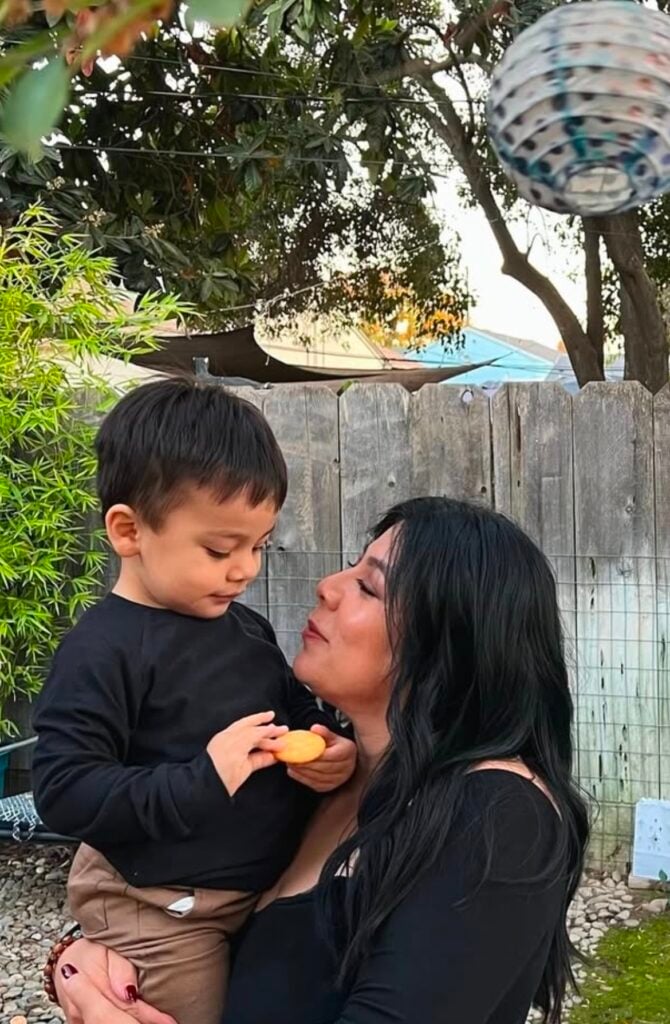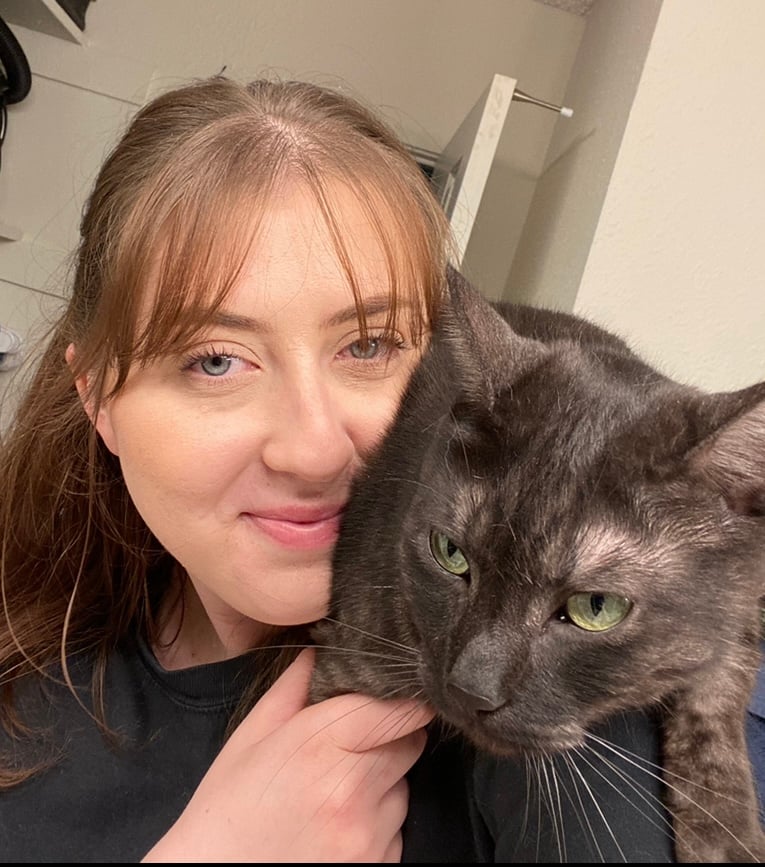Tongue Ties & Eating Problems
Children with tongue ties and lip ties may develop eating problems over the course of their childhood. Some children’s eating problems will resolve by themselves, others will continue through childhood. While some children will come into therapy underweight with the doctor threatening to place a feeding tube, others come in with children who are obese from eating an unhealthy diet. Regardless of what caused the issue, the reason is still the same: they do not have the skills to eat a healthy, age-appropriate diet. Mealtime can be one of the most stressful times for a parent of a child with a feeding issue. Eating is required for children to live, grow, and develop. When a child will not eat, many parents will try anything they think might help. Some ideas help for a short time, but if the child has a tongue or lip tie that is preventing them from learning the skills for eating, the issue likely will not resolve itself.
Unfortunately, many healthcare providers do not check for ties. Or, if they do, they don’t know what to do with them. This can leave many parents feeling frustrated and helpless when feeding their children. There are many support groups for parents of children with ties, and these groups typically have a wealth of knowledge. Feeding difficulties often start with breastfeeding, but appear to go away when children are put on a bottle. When solids are introduced, eating difficulties appear to resurface, and kids are often labeled picky eaters because they have a limited selection of foods.
Breastfeeding
Many children who have tongue ties will have or have had difficulties with breastfeeding or taking a pacifier due to the limitations on their tongue movements. Because of these limitations the infant is often not able to maintain suction at the nipple. Nursing sessions may be noisy or you many hear “clicking” noises while the baby is attempting to maintain suction. Often, due to an incorrect latch, the breastfeeding session may be uncomfortable for the mother. Some parents quickly transition to a bottle when breastfeeding is difficult. Babies often take to the bottle much easier, so the underlying issue with the tongue or lip tie is not addressed. Some children are limited by the tie during breastfeeding, but, after that they experience few difficulties, whereas, others will continue to have difficulties with oral motor milestones.
Transition to Solids
Once solid foods are introduced, children whose ties cause limited tongue movement will have difficulties moving food to the back of the tongue. When drinking from the breast or bottle, liquid is deposited at the back of the tongue and it easier to initiate a swallow. Solids and other baby foods are placed in the front of the mouth, and the child must move the food to the back before they can swallow. Thin baby cereals that are initially introduced can still be eaten without great tongue mobilization because of their liquid-like nature. Once in the mouth, baby food purees can fall to the sides of the mouth and to the back. Some of this gets swallowed and eaten, while some of it can get stuck in the cheeks or fall out of the mouth. These food purees can cause some children distress because the child cannot keep the food in a single bolus (the ball of food that the tongue rolls around the mouth)
The tongue’s role in chewing foods
The tongue plays many important roles during eating. It is responsible for moving the food from left to right so it can be properly chewed. When moving the food within the mouth the tongue must be able to create a bolus to move the food as a single unit. Once the food has been properly broken down the tongue must then move the food to the back of the mouth were a swallow can be initiated. Having a tongue tie can limit the movement of the tongue within the mouth. The severity of the tie will determine what movements can and cannot be done. When the tongue cannot properly move the food around, many children unconsciously learn at a young age that certain foods are difficult to eat. And so, they simply stop eating those foods.
Even though children with a tie presently may not be able to fully use their tongue to complete chewing tasks, it does not mean they cannot, or will not be able to do so in the future. Some of these tongue movements involve creating a semi-bowl shape (cupping) with the tongue. This shape helps move the food to the back of the mouth. Tongue (tip or side) lateralization is when the tongue is able to move the food from one side of the mouth to the other. The tongue tip’s ability to lateralize is important in being able to chew more complex foods that require the grinding action of the back molars.
Identifying poor tongue control
While having a tongue tie can lead to eating difficulties, this is not the case for all children. There are many kids who have a tie and will have no trouble with eating, and still there are children who have a tie and an eating issue that is unrelated. While tongue exercise would be recommended for any child with a tie, this may not help with the eating problems. When parents and professionals blame the tie for poor eating, they often think that cutting the tie will fix all the problems. But this is not always the case. Before jumping to conclusions, we need to look at how the child is eating.
- If the child is refusing all foods and has never given them a chance, the tongue may not be the reason for the eating issue. If the child has never tried a certain food, how would he know it is difficult to eat?
- The child will only eat foods with a specific texture. Red Flag! Solids can be difficult to break apart if they do not get moved back and forth to get chewed. But, kids are smart and they learn quickly that some foods will practically dissolve if they are left in the mouth, which then requires no tongue movements.
- The child will eat one food group but not another. Many children refuse to eat their vegetables; this is more an issue of exposure than poor tongue control.
- The child is a messy eater. Red flag! When you have poor tongue control it is difficult to keep the food together. Then it becomes more difficult to manage, which can result in food falling out of the mouth.
- Children will throw non-preferred items until preferred ones are served. This is more likely a behavioral issue where the child has learned that they can manipulate the situation to get what they want.
- Food is stored in the cheeks and more food is eaten. Red Flag! If you are not able to use your tongue to retrieve food that has fallen to the sides of your mouth, it will build up there. Once the cheeks are full, additional food cannot fall to the side which can make it easier to eat additional food. (Beware, this food can occasionally fall to the back of the mouth causing coughing or choking.)
If your child has some of the red flag behaviors the tongue tie may be causing difficulties with eating. If your child is exhibiting any of the above behaviors, a consultation with a feeding specialist might help.
What is Feeding Therapy?
While there are many different opinions on how to make children eat, some suggestions can be more helpful than others. Before suggestions are made on how to “solve” an eating problem, it is important to identify what is causing the problem in the first place. As children grow older the root of the problem becomes more difficult to identify and longer to correct. The most important thing is to help your child learn to eat a healthy, age-appropriate diet. If you feel your child is a picky eater, is not gaining weight appropriately, only eats “junk food” or isn’t eating like you think they should, you may want to seek help from a speech or occupational therapist who is experienced in working with feeding challenges. If your child’s feeding challenge is related to the tongue tie, it’s also important to find a therapist who has worked with ties in the past and can identify what is related to the tie and if it is being caused by something else.
Resources:





























































































































